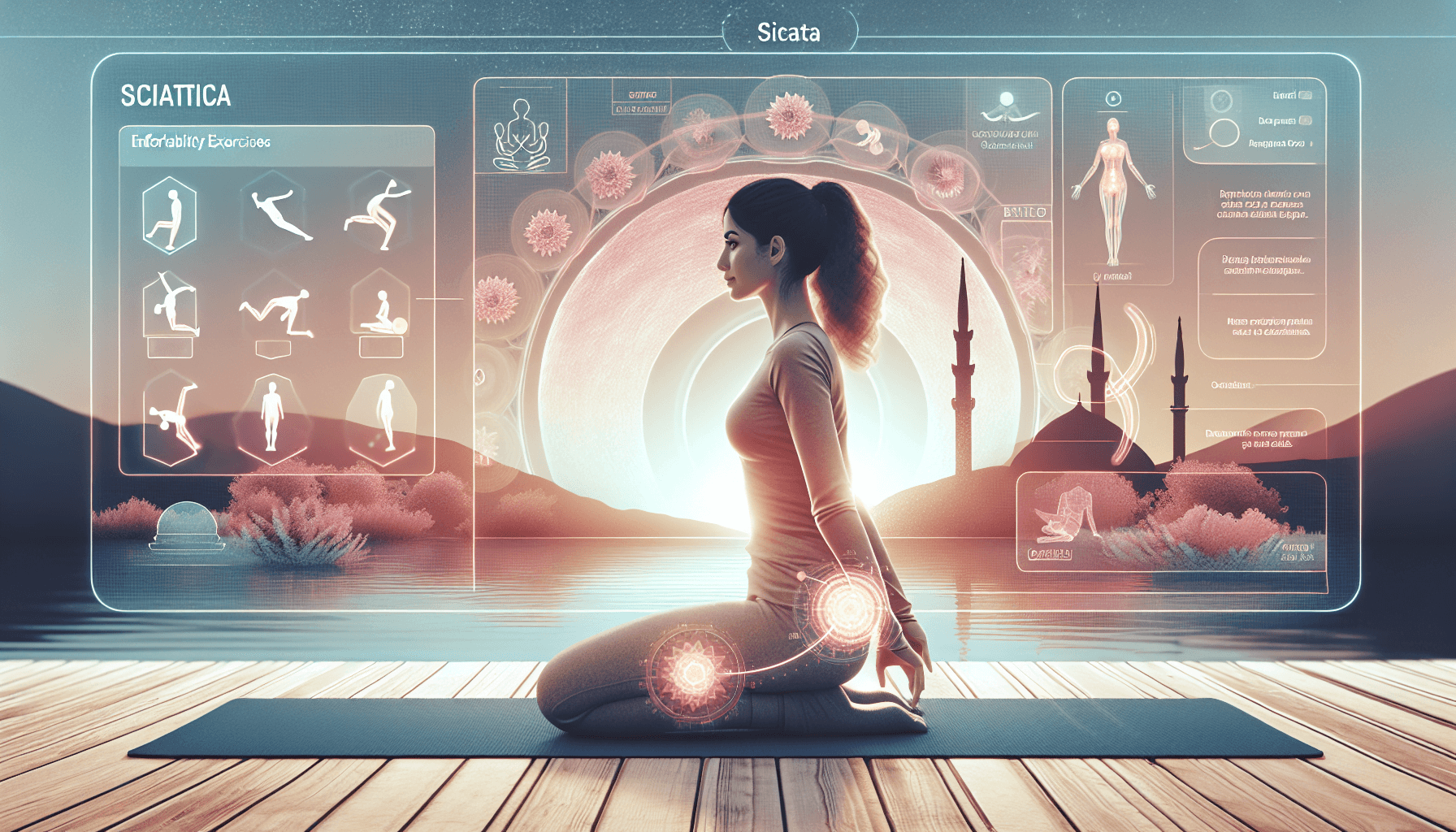If you suffer from sciatica, you know how debilitating it can be. The shooting pain, numbness, and tingling that radiates down your leg can make it difficult to perform even the simplest tasks. However, there are ways to improve mobility and find relief from this condition.
Understanding Sciatica
Sciatica is a condition that affects the sciatic nerve, which is the largest nerve in the body. It runs from the lower back down to the legs. When the sciatic nerve is compressed or irritated, it can cause pain and discomfort.
There are several potential causes of sciatica, including a herniated disc, spinal stenosis, or even muscle imbalances. The symptoms can vary from person to person, but common signs include:
- Sharp or shooting pain in the lower back, hips, buttocks, or legs
- Numbness or tingling in the leg or foot
- Weakness or difficulty moving the leg or foot
Treating Sciatica
When it comes to treating sciatica, there is no one-size-fits-all approach. The treatment plan will depend on the underlying cause of your condition and the severity of your symptoms.
1. Physical therapy: Physical therapy can be an effective treatment option for relieving sciatica pain. A qualified physical therapist will assess your condition and create a personalized exercise plan to strengthen the muscles supporting your spine and improve flexibility. They may also include techniques such as manual therapy, ultrasound, or electrical stimulation to help reduce pain and inflammation.
2. Medications: Your doctor may prescribe medications to help manage your sciatica symptoms. This could include over-the-counter pain relievers, muscle relaxants, or even prescription-strength anti-inflammatory drugs. These medications can help reduce pain and inflammation, allowing you to move more comfortably.
3. Injections: In some cases, injections may be recommended to help alleviate sciatica pain. Epidural steroid injections can help reduce inflammation around the affected nerve, providing temporary relief. However, it’s important to note that injections are not a long-term solution and should be combined with other treatments for optimal results.
4. Alternative therapies: Many people find relief from sciatica through alternative therapies such as acupuncture, chiropractic care, or massage therapy. These therapies can help reduce pain and promote healing in the affected area. However, it’s essential to consult with a trained professional before trying any alternative therapy.
5. Self-care: Making certain lifestyle changes can also play a significant role in managing sciatica. These include maintaining good posture, avoiding sitting or standing for extended periods, and using proper body mechanics when lifting heavy objects. Additionally, regular exercise, such as walking or swimming, can help strengthen the muscles supporting the spine and improve overall mobility.
6. Surgical options: In severe cases of sciatica where conservative treatments have failed to provide relief, surgery may be considered. Surgical options for sciatica include discectomy, laminectomy, or spinal fusion. However, surgery is generally seen as a last resort and is only recommended when other non-invasive treatments have been exhausted.
Preventing Sciatica
While it may not always be possible to prevent sciatica, there are steps you can take to reduce your risk of developing this condition:
- Practice good posture: Maintain a neutral spine position when sitting, standing, and lifting.
- Exercise regularly: Engage in exercises that strengthen the muscles supporting your spine.
- Avoid prolonged sitting or standing: Take breaks and move around regularly.
- Lift heavy objects correctly: Use your leg muscles to lift rather than your back.
- Manage your weight: Excess weight can put strain on your back and increase the risk of developing sciatica.
- Stay active: Regular physical activity can help keep your muscles strong and flexible.
- Don’t smoke: Smoking can impair blood flow and decrease nutrient delivery to the spinal discs.
Remember, if you are experiencing persistent or severe sciatica symptoms, it’s essential to consult with a healthcare professional for an accurate diagnosis and appropriate treatment plan. They can help guide you in finding the right combination of therapies to improve your mobility and provide long-lasting relief.
Click here to learn more about sciatica treatment options.

